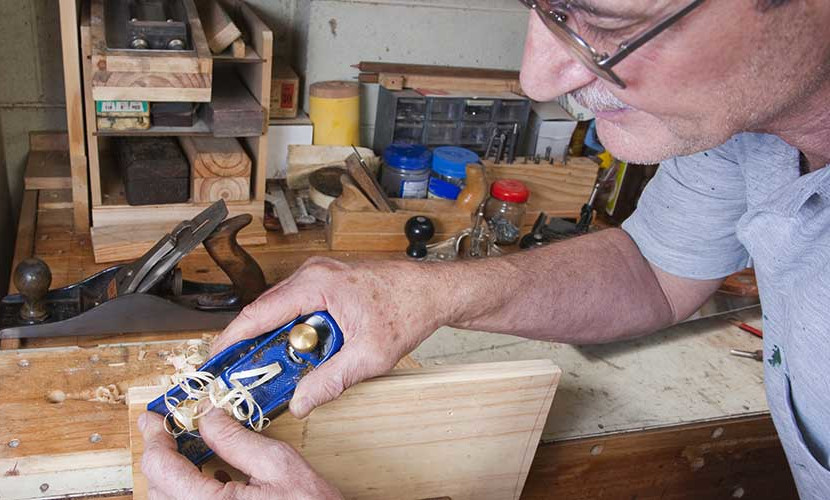Our Approach
Carpal tunnel treatment traditionally involves the use of a wrist brace to guard against repetitive movements or awkward positions of the wrist, especially at night while the patient is sleeping. Sometimes exercises that target the symptomatic area, such as gently stretching the hand and wrist back are used.
Medically, in more chronic or severe cases, a physician may suggest carpal tunnel surgery, which involves a procedure to create more space within the carpal tunnel by loosening tension in the fibrous tissue enclosing it, so as to alleviate pressure or irritation on the median nerve. Research indicates that over half of patients report a good outcome from the surgery with their symptoms improved as a result. However, research also indicates that recovery is not necessarily complete and patients may be left with residual symptoms.
At MMTR, our comprehensive approach addresses the underlying cause of repeated median nerve irritation so that whether or not the patient has had surgery or has had symptoms for a short while or long term, we can help alleviate the symptoms as well as provide patients with the knowledge to ‘fix’ themselves.
Click here to view one of our studies on wrist pain / repetitive strain injury.
If you would like to book an appointment or learn more about our treatment: Contact Us
What is Carpal Tunnel?
Also known as carpal tunnel syndrome, this is a condition that involves something similar to a pinched nerve. The median nerve sends and receives signals to and from the thumb, index, middle and part of the third fingers. It travels through the wrist region between a fibrous tissue known as the flexor retinaculum and the carpal bones. This region is called the “carpal tunnel.” Any swelling or manipulation of tissues in this tunnel can cause an irritation of the median nerve. This may result from a repetitive strain injury like tendonitis, or frequent use of the wrist and hand.
Carpal Tunnel Symptoms
Common carpal tunnel symptoms may include the following:
- wrist pain
- numbness in fingers
- hand pain
- pain in fingers
- pain in the forearm
Other associated issues may be coldness of the hands or fingers and possibly discolouration due to a lack of proper blood flow. In the case of chronic symptoms, the patient may develop reduced gripping or pinching strength and find that they are more frequently dropping things. In this case, the patient may also experience difficulty with fine motor skills or observe a wasting of the muscle tissue in the hand, particularly between the base of the thumb and the wrist.

